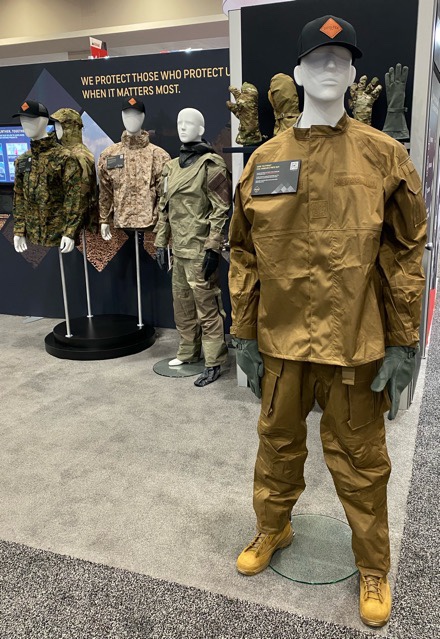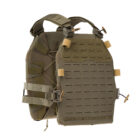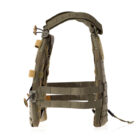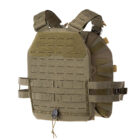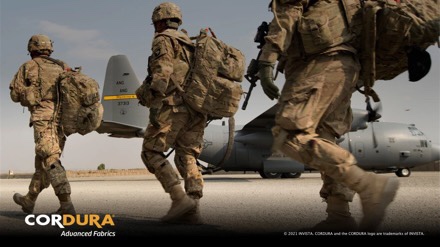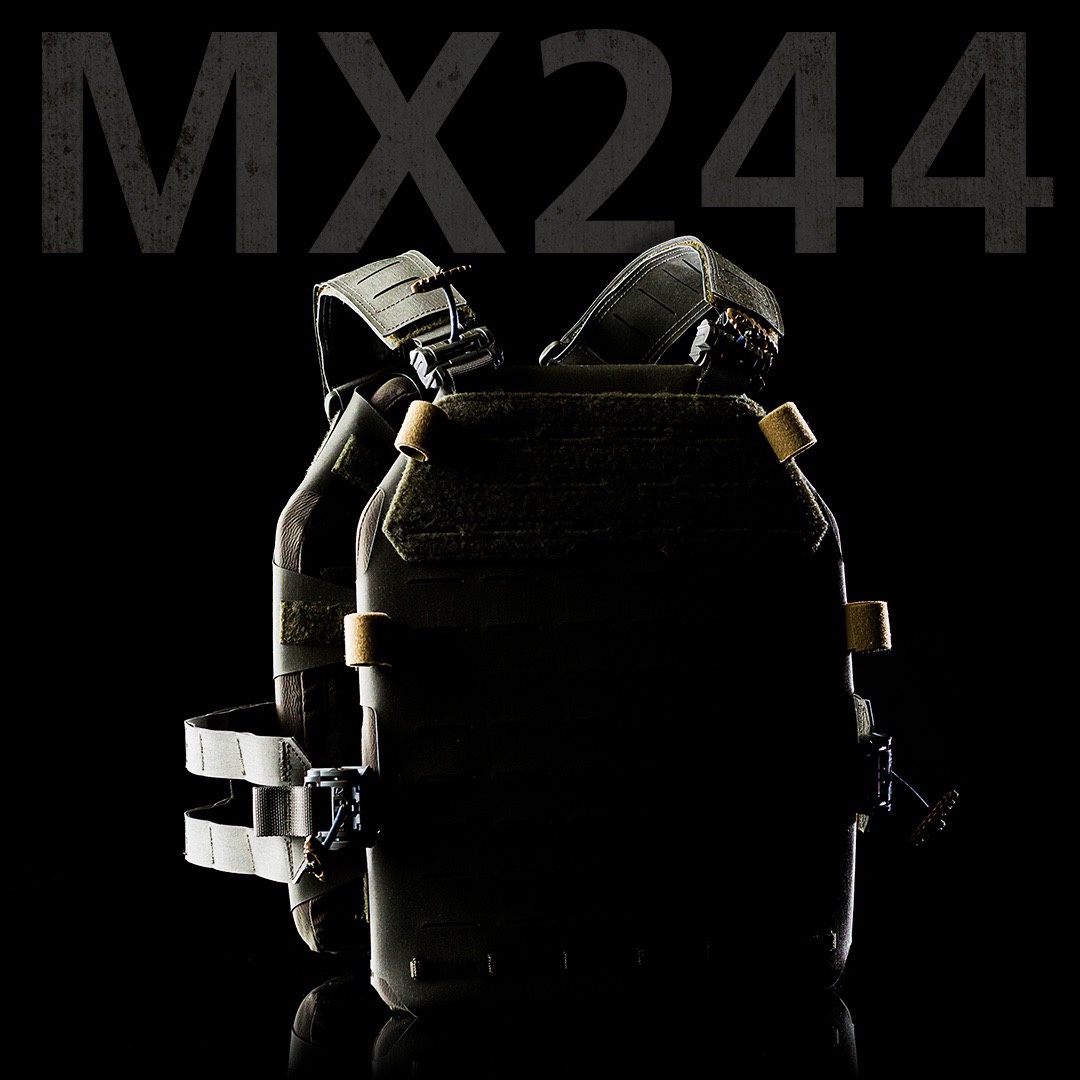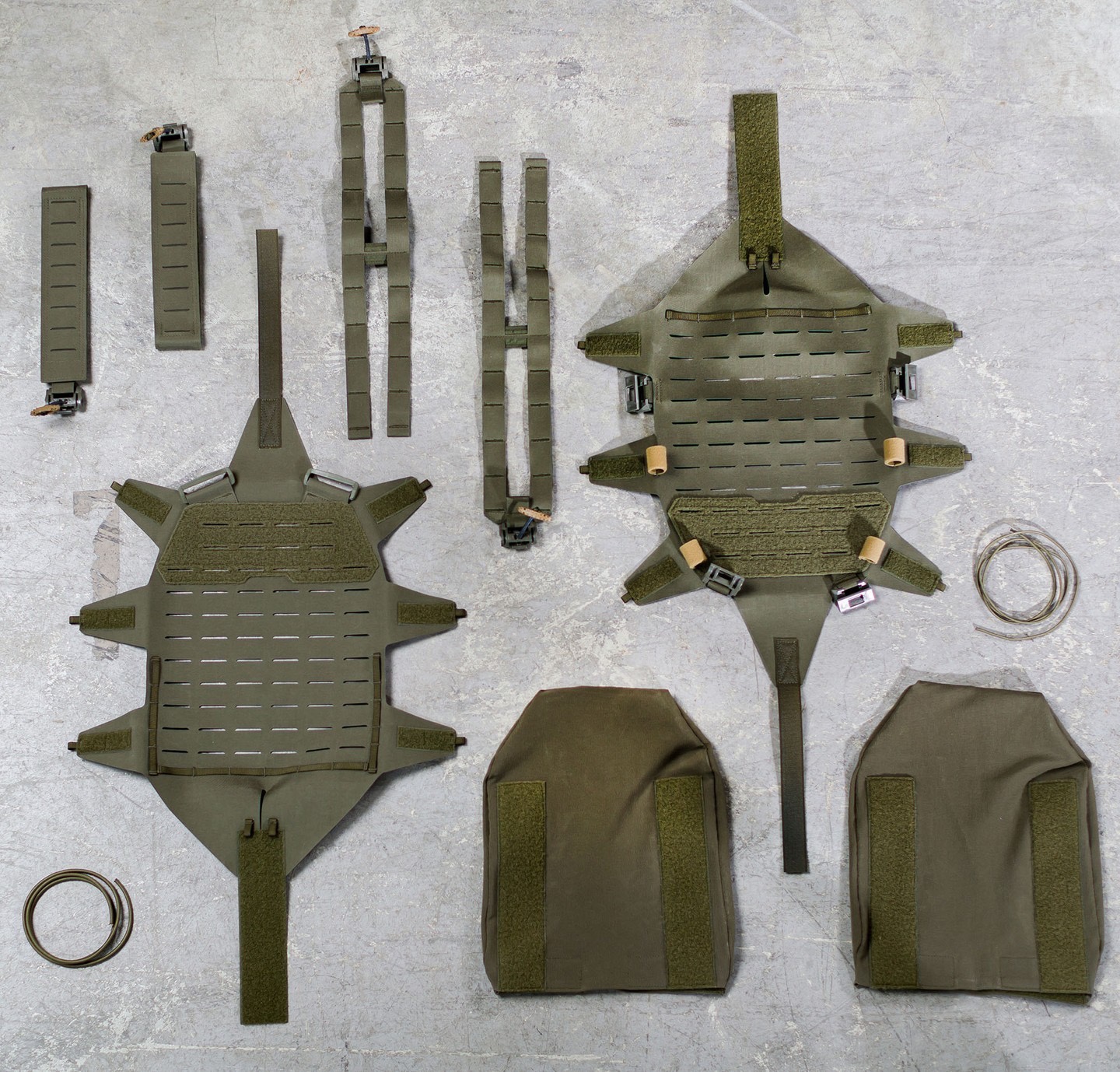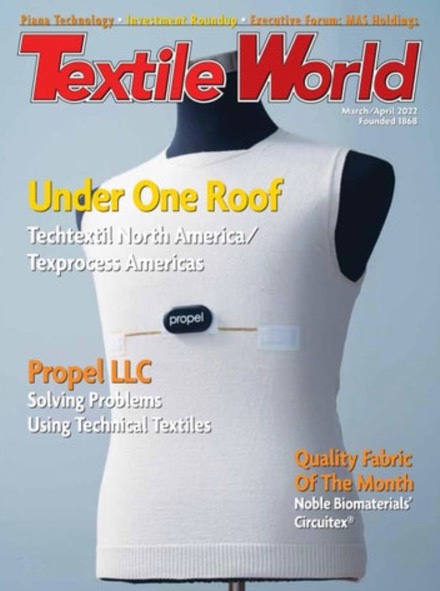LENGGRIES, GERMANY (25 April 2022)—Maker of high-quality tactical gear systems Lindnerhof-Taktik today announced it will this week begin offering its new MX244 Ultralight Plate Carrier for purchase.
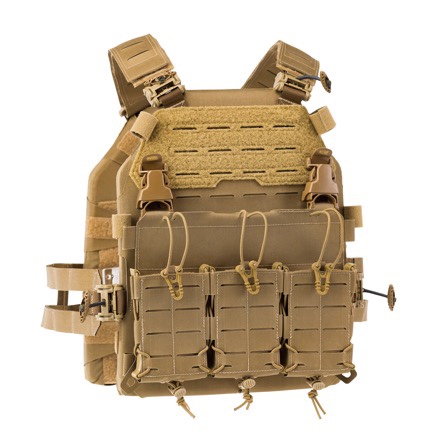
The MX244—set to go on sale Wednesday—is the first of an entire line of Lindnerhof-Taktik products made with the company’s innovative Multiaxial Laminate MX material, notable for its extreme low weight and astonishing strength, said Lindnerhof CEO Jakob Kolbeck.
“We’re very confident that the military and police special-forces teams for whom the MX244 is designed will find it an indispensable piece of equipment,” Kolbeck said, adding that the carrier is designed to serve as a grid for toting SAPI L-sized plates.
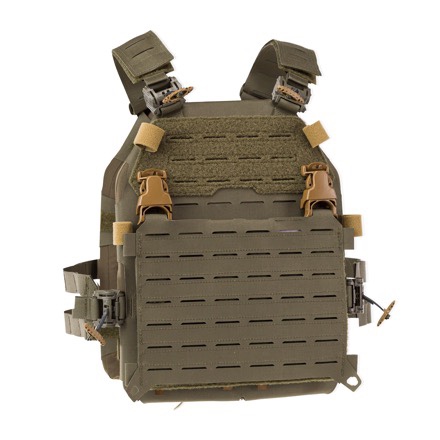
“There are many reasons why we believe the MX244 will quickly become a bestseller, but two of the most important are its exceptional durability and it weighs only 450 grams,” Kolbeck continued. “In fact, until the MX244 came along, there’s never been a more reliable, lightweight option for carrying plates.”
Lindnerhof founder Josef Sixt added that the advanced-technology Multiaxial Laminate MX material used in the manufacture of the MX244 has very low water absorbency characteristics. Moreover, he said, the option exists for covering the carried plates with fully camouflaged sleeves.
“Although the MX244 Plate Carrier is a cutting-edge product, we incorporated many of our classic, time-tested, and field-proven features,” Sixt offered. “For example, we took our patented hook buckle for securely closing shoulder straps and waist belts and translated it into an extra-slim version, one that would stay more out of the way of the user’s weapon system, provide additional space along the waist belt, and yet clasp just as rock-solidly as the original hook buckle.”
Kolbeck said an objective in developing the MX244 was creation of a plate carrier that would allow users to quickly add accessories. Accordingly, the company has timed the debut of its MX244 to coincide with the launch of several Lindnerhof-Taktik accessory items.
These are:
• Front Panels (MX233 Velcro® Panel, MX231 Panel Front, MX234 Multi-Calibre front Panel)
• Carrying Sling (MX106 Single Point Velcro® Sling)
• Next-generation Multi-Calibre Pouches (MX119 Multi-Calibre Rifle Mag Pouch, MX519 Multi-Calibre SMG Mag Pouch)
• Slim Belt Grid (MX560 Modular Belt Grid)
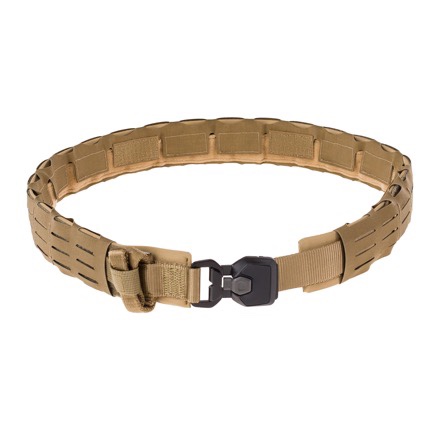
“Common to the plate carrier and the accessory items—beyond being made with Multiaxial Laminate MX—is their extreme functionality and modularity,” Kolbeck said. “Consider, for instance, the new MX560 Belt Grid. It’s a laser-cut sleeve-grid. But as soon as it’s wrapped around our Tactical Harness [1000551 Edelrid Gürtel], the harness transforms into a slim, super-lightweight war belt. Extra slots stably attach it to common holster systems including Blackhawk, Safariland, and G-Code, as well as to other items.
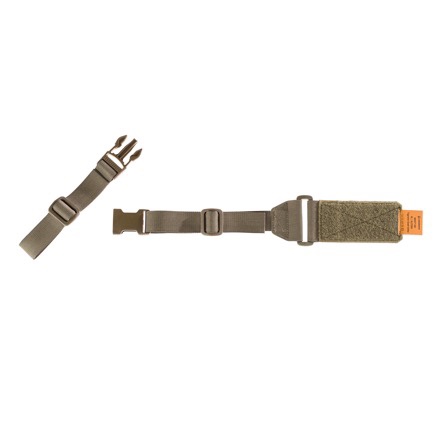
“As for the MX231 Front Panel, it can carry three magazines for rifles ranging from the AR15 on up to the HK417. Both it and the MX234 Multi-Calibre Front Panel attach to the MX244 Plate Carrier by means of Velcro® fasteners and/or with an included pair of click-it-to-attach MOLLE buckles for faster gearing up.
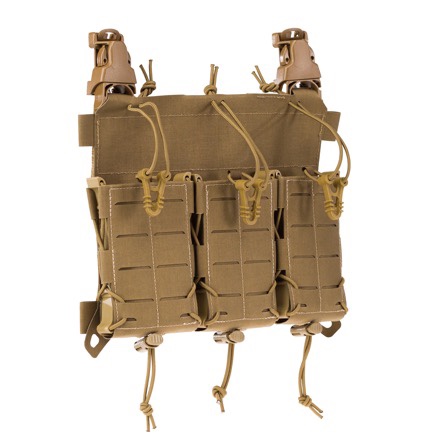
“And, of course, all of the new products include other outstanding Lindnerhof features such as cable management, patch areas, and size adjusters.”
The MX244 Plate Carrier and most of its accessories (unveiled in March at the at Enforce Tac and IWA 2022 trade shows held in Nuremberg, Germany) will for now be available in only two colours—coyote and stone grey. The company said black will be offered later, as will the camouflage patterns MultiCam and 5fb Flecktarn.
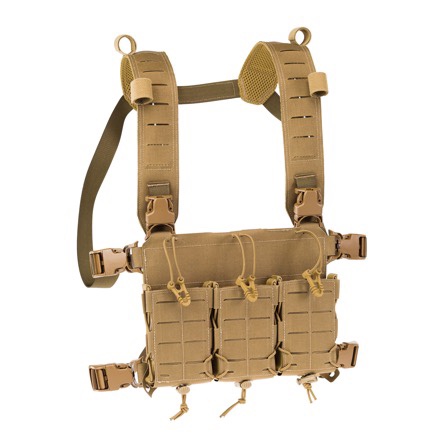
Meanwhile, Kolbeck provided a sneak-peek at a coming capability of the MX231 and MX234 panels. “In additional to their classic functionality, the front panels also can form the basis of a fully configured and ready-to-use micro-rig, but we’ll have more about that in the next few months,” he revealed.?
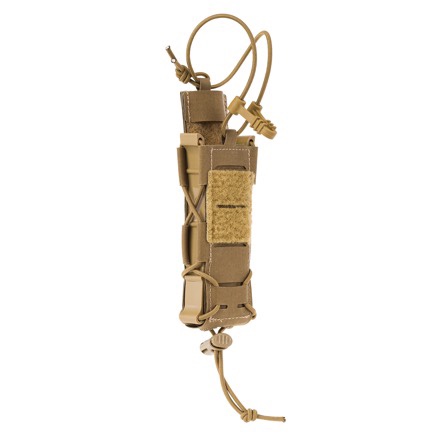
All the Lindnerhof-Taktik products coming available for purchase this week reflect a recently adopted strategy of developing and rolling out new items with greater frequency.
“We create roughly a thousand prototypes of new products each year, but our goal now is to bring more of them to customers and to do so on a more consistent basis,” Kolbeck said.
For more information about these products and other Lindnerhof-Taktik gear, please visit the company’s website at www.hqg.de.
